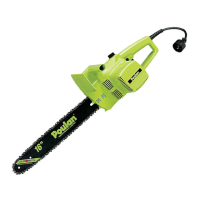
Do you have a question about the Poulan Pro 1420, 1630 and is the answer not in the manual?
| Fuel Tank Capacity | 10.1 fl oz |
|---|---|
| Oil Tank Capacity | 6.8 fl oz |
| Bar Length (1420) | 14 inches |
| Bar Length (1630) | 16 inches |
| Chain Gauge | 0.050 inches |
Pre-operation planning, safety rules, and personal protective equipment.
Best practices for safe and effective chainsaw operation.
Ensuring the chainsaw is in optimal condition for safe use.
Precautions to minimize kickback risk during operation.
Techniques to prevent the chain from getting pinched.
Methods to prevent the saw from being pulled forward.
Proper grip and body positioning for safe chainsaw handling.
Compliance with relevant safety standards for powered tools.
Identification of the chainsaw's parts, controls, and adjustments.
How to use the trigger switch to start and stop the chainsaw.
Function and use of the safety lock-out button.
General operational guidance and power supply requirements.
Choosing the appropriate gauge extension cord for the chainsaw.
Location and function of the bar oil reservoir and delivery system.
The mechanism for adjusting the chain tension.
How to connect the chainsaw's power cord to an extension cord.
Importance of maintaining correct chain tension for safety and performance.
Securing the extension cord to the chainsaw's power cord.
Proper lubrication of the guide bar and chain for longevity.
Practical advice for efficient and safe chainsaw use.
Step-by-step guide for safely starting the chainsaw.
Basic techniques for cutting various types of wood.
Safe and effective methods for felling trees.
Specific steps for making the directional notch and felling cut.
Process for cutting a felled tree into manageable log sections.
Methods and precautions for cutting fallen logs.
Cutting logs supported by other logs or stands.
Safety advice for removing branches from trees.
Guidelines for pruning branches up to shoulder height.
Owner's duties for maintaining the chainsaw as per manual.
Inspecting the chainsaw for any damaged or worn components.
Ensuring all nuts, bolts, and parts are securely fastened.
How to properly check and adjust the chainsaw chain tension.
Identifying a dull chain and the need for sharpening.
Inspection of the guide bar for wear, damage, or proper oiling.
Instructions and tools required for sharpening the chainsaw chain.
Step-by-step guide for replacing the chainsaw chain.
Specific steps for long-term storage of the chainsaw.
List of parts that can be serviced or replaced by the user.
Troubleshooting a chain that fails to move when the trigger is pulled.
Diagnosing and fixing issues causing rough chain operation or noise.
Identifying reasons why the chainsaw chain might stop during use.
Resolving problems related to insufficient oil supply to the bar and chain.
Troubleshooting causes for the chainsaw cutting unevenly or off-center.
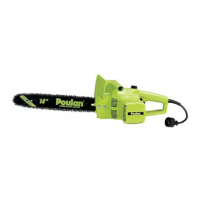
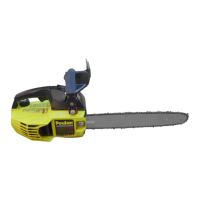



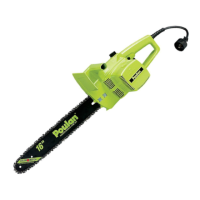

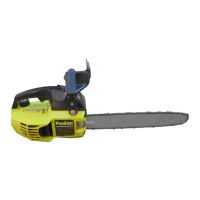
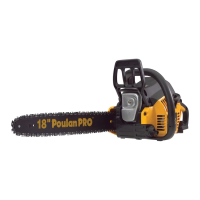

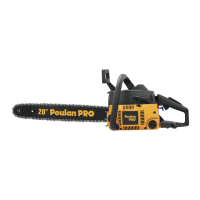
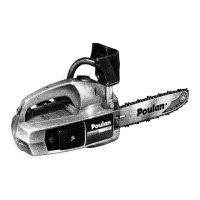
